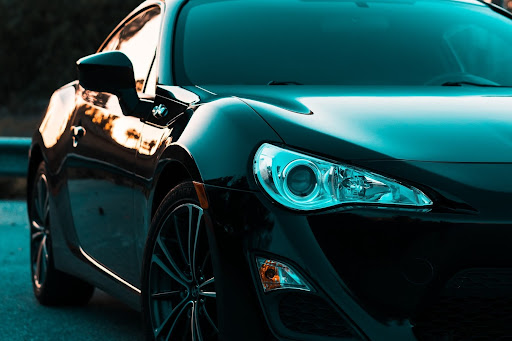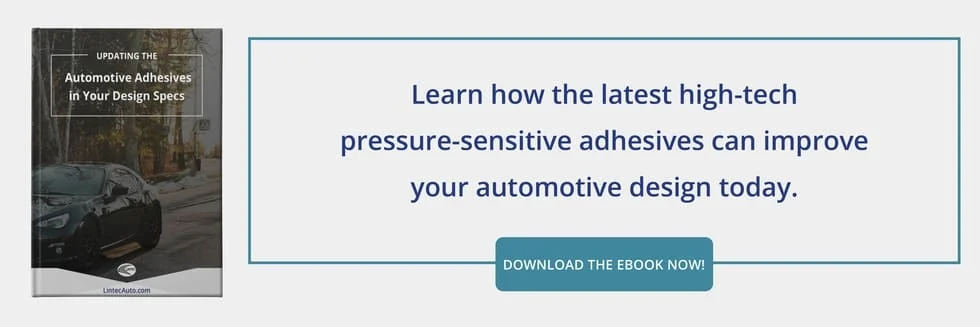8 Auto Film Solutions for Engineers

Solving problems before they occur that’s the challenge facing automotive design engineers. But they are also charged with resolving anticipated issues by procuring the right materials at a budget-friendly price.
In many instances, the solutions can be found in automotive protective films. Here are eight potential automotive film solutions that can ease the burden on auto parts and protect them from harm:
Paint Protection Film (PPF)
One of the key reasons automobiles maintain their beautiful exterior appearance longer is the use of modern paint protection films. These films help protect painted surfaces from damaging UV rays and even from small chips. Exterior paint protection films help vehicles maintain their shine and new-car appearance.
Structural Bonding Films
Choosing the appropriate structural bonding film can help minimize squeaks, squeals, and other unwanted noises. It reduces wear and can even be used to bond pieces made from differing materials. Structural bonding films can improve a vehicle’s appearance by helping to provide a smoother, sleeker look.
Temperature Resistant Films
In high-temperature areas, like engine compartments, temperature-resistant films and labels can perhaps resolve some engineering challenges. Critical labeling is designed to last and maintain its readability.
Chemical-Resistant Films
Cars are frequently exposed to a number of chemicals, oils, and, of course, fuel. Chemical-resistant films and labels are designed to survive these liquids in areas like the engine compartment and fuel tank filler area.
Window Tint Film
Window tint film serves a variety of purposes, ranging from aesthetics to temperature control. Tinted windows can provide a contemporary appearance, increase privacy, and serve as a sunscreen and UV protection. Window tint film can also help improve window strength and security. Window tints can also be designed to assist in branding.
Interior Film
Interior automotive films can serve to protect interior surfaces while improving their appearance. Interior films can be used on dashboards, side panels, and other surfaces that may be exposed to sunlight and UV rays and can be exposed to wear and tear.
Headlight, Taillight Tint
Headlight and taillight films keep cars looking better while improving safety. These films can help protect lights from dust, dirt, and road chemicals while also protecting them from chips and cracks. Tints can temper the brightness of headlamps that may be excessive.
Windshield Films
Few areas of a vehicle undergo daily abuse like a car’s windshield. It is battered daily with cleaners and detergents, rain, wind, dirt, sand, and stones. Windshield films help add protection and can even have graduated sun protection. All of these can lead to improved vision and safety.
LINTEC Automotive specializes in automotive adhesive products, including a wide selection of automotive films including for electric vehicles. We serve engineers, sales reps, purchasers, OEMs, and Tier 1 Suppliers in the automotive industry. Contact us today for more information on how we help automotive engineers resolve challenges they may be facing in design engineering.

